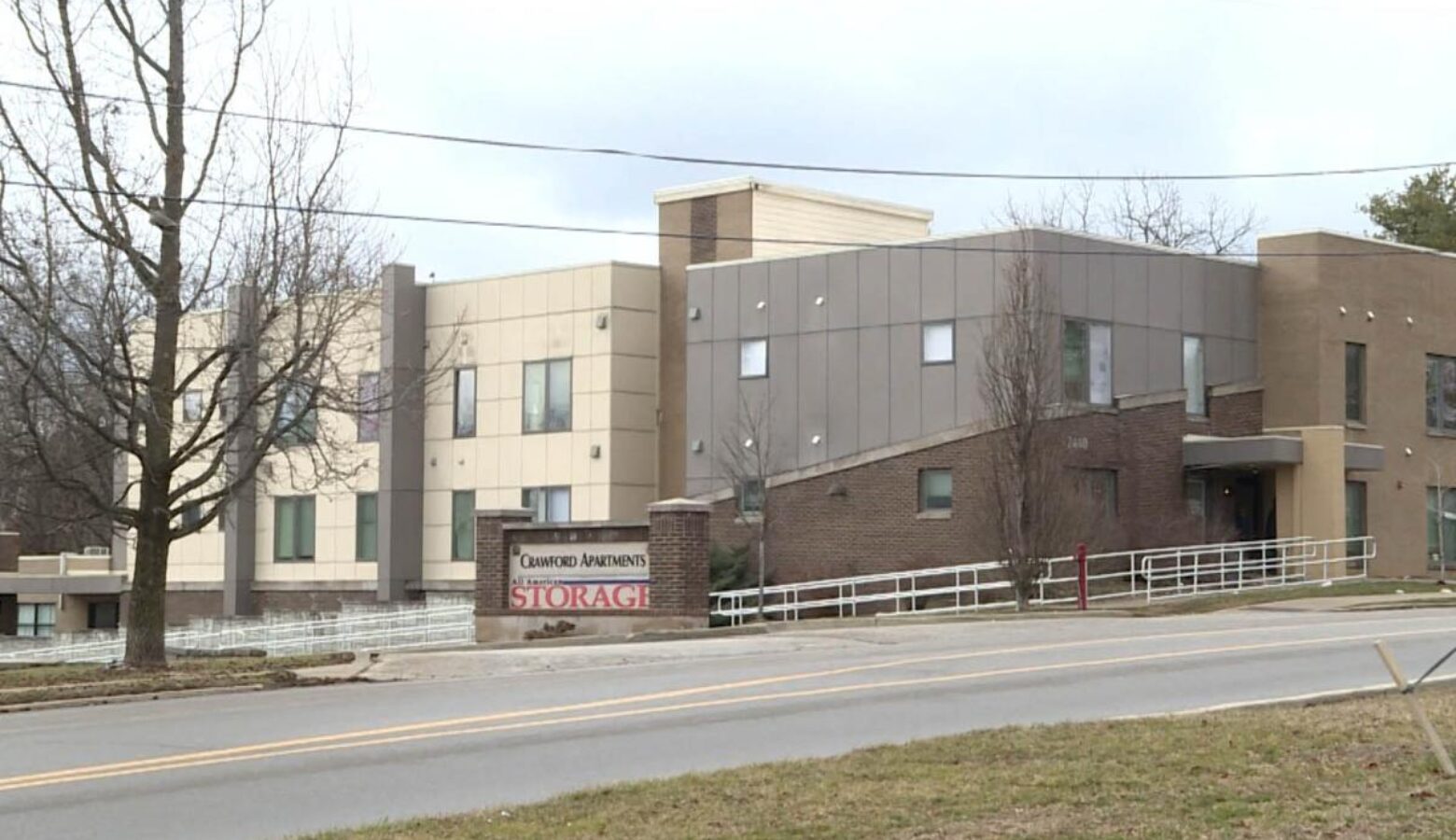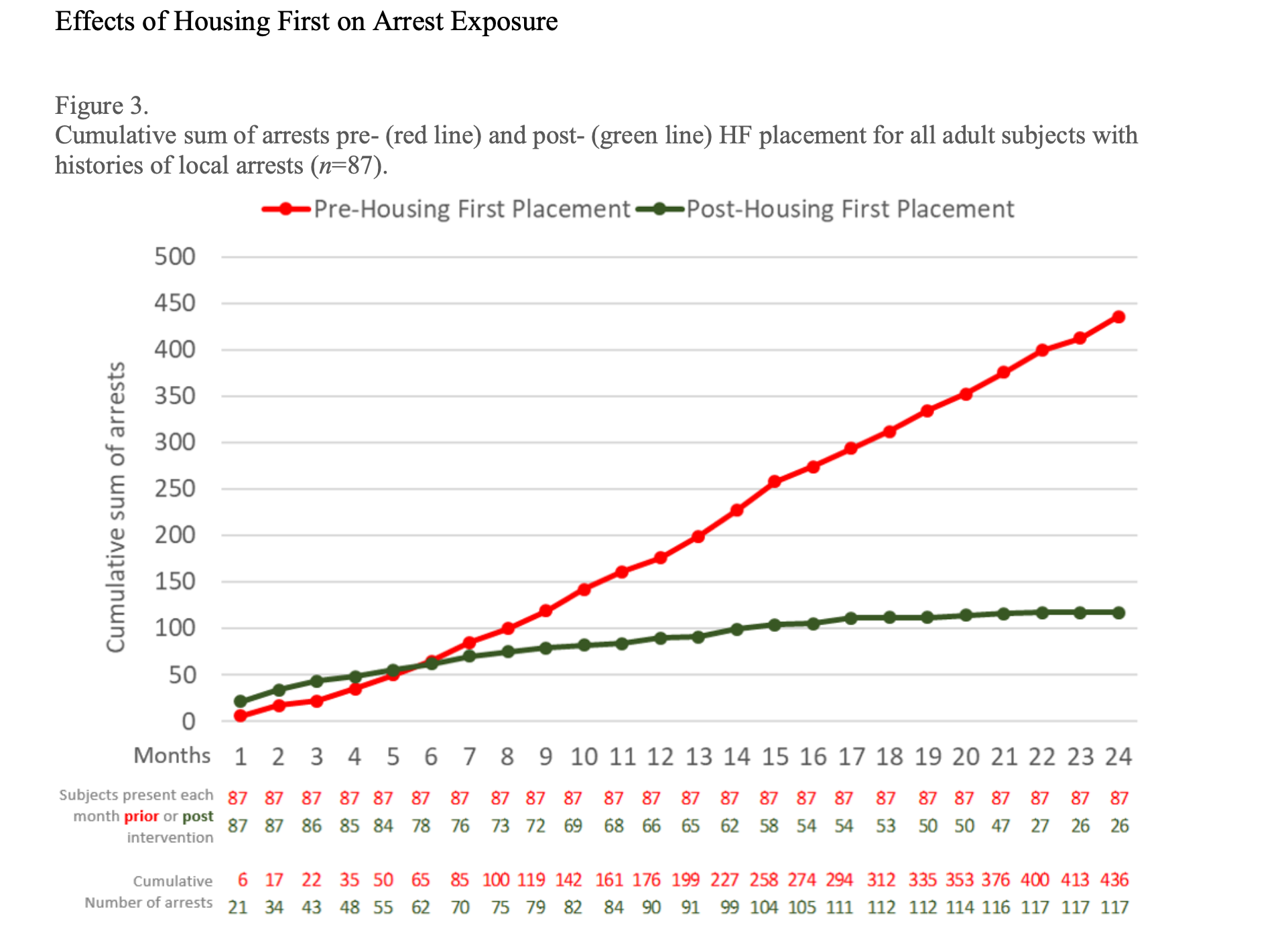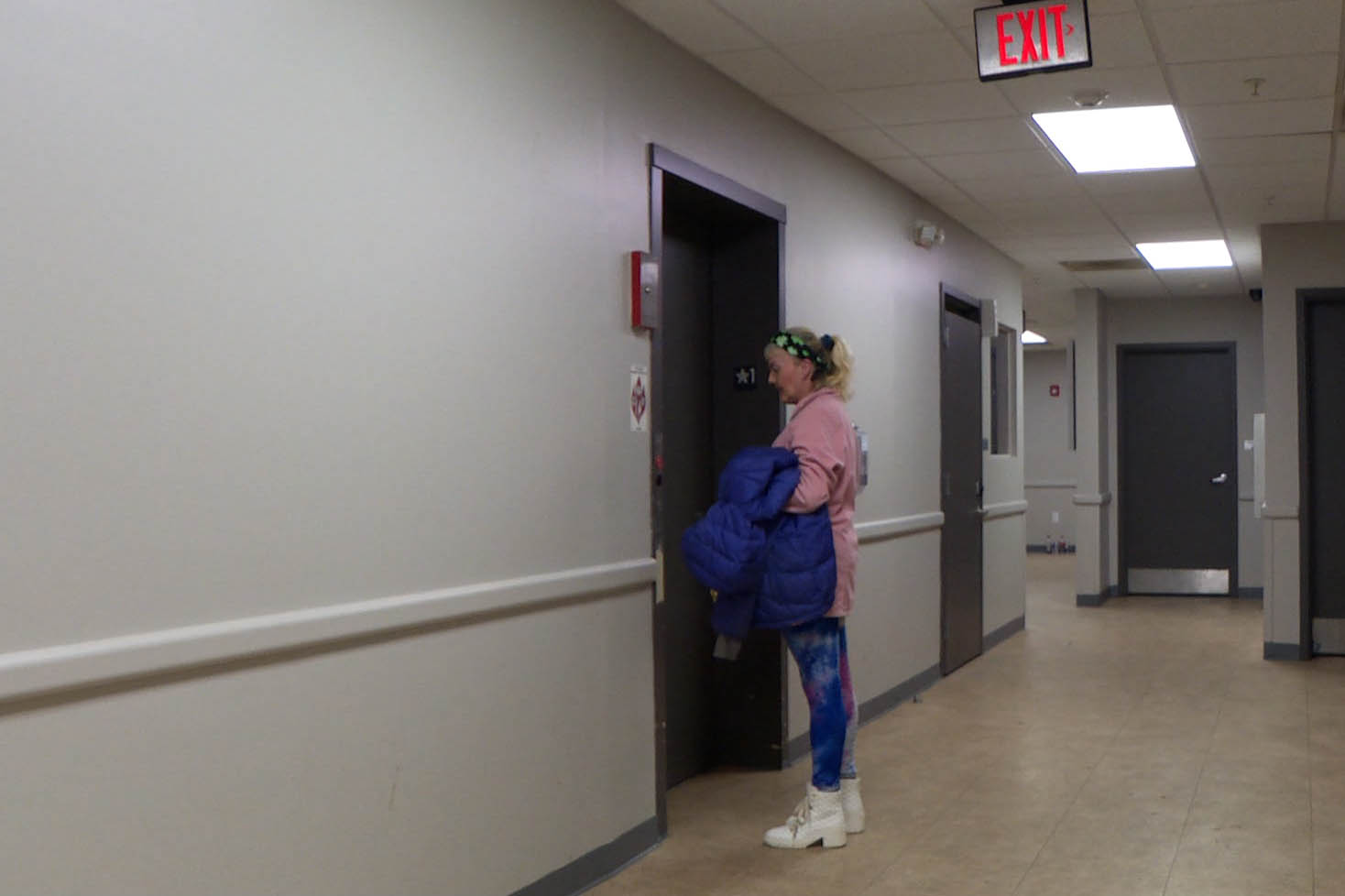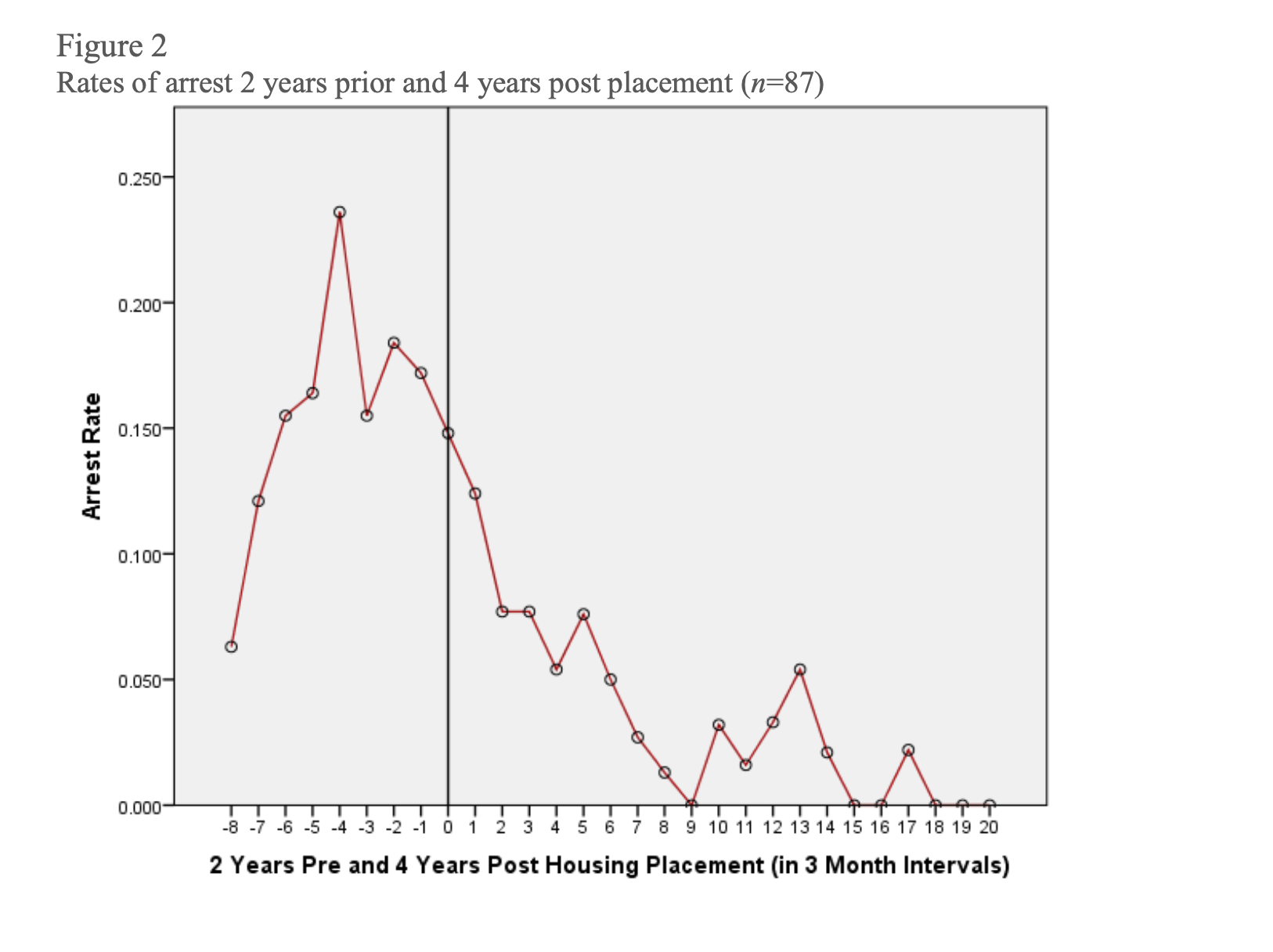Bloomington apartments with “housing first” approach leads to drop in arrest rates

Crawford Apartments in Bloomington offers permanent housing and services to community members experiencing chronic homelessness, disabilities and addiction.
The goal of the apartments, run by Beacon Inc, is to provide housing to some of Bloomington’s most vulnerable. But Beacon Executive Director Forrest Gilmore said it’s had an unintended outcome – about an 80 percent drop in arrests for its residents overall.
“I think it’s probably the most effective crime reduction program that exists in our community.”
It’s not the point of the housing. But Gilmore said people should know how effective the housing and its services are for residents and the community.
One of the challenges people experiencing homelessness face is increased interactions with police and arrests. A California Policy Lab survey found people experiencing unsheltered homelessness reported 21 contacts with police over six months, 10 times higher than numbers reported by people living in shelters.
“Of course, some of these crimes are also just products of their existence,” Gilmore said. “Trespassing, people have to have a place to live. Petty theft, people are often struggling with just having enough to eat and to get by and things like that. And, disorderly conduct, can be a product of mental illness or struggles and things like that.”
A study completed in 2019 says of 131 Crawford residents at the time–nearly 65 percent of residents had a substance use disorder. Eighty-seven residents had local arrest records, and of those, more than 72 percent reported a serious mental illness

Housing First and Criminality: Effects of Housing First Placement on Participant Arrest Rates
The 2019 study counts Crawford residents’ arrest rates before and after moving in. The number of arrests for 87 residents 2 years prior to moving in was 436. But after 18 months living in Crawford, arrest rates drop to zero.
Christopher George has lived in his apartment for 5 years. Before moving in, he’d been homeless for seven years. He’s a veteran and has a blood clotting disorder that caused him to lose his job.
“I mean, it can happen to anybody. I had $65,000 in my bank account,” George said. “And six months later, I was homeless, because I had a medical condition. I didn’t have insurance, and just like that. I mean, it’s very common. And it’s not because you’re a drug addict or alcoholic, you’re a bad person or whatever. It’s just you run out of money, you run out of money.”
He’d been arrested in the past, mostly for public intoxication and disorderly conduct. But those dropped off when he moved in.
“Homeless people are not trying to commit crimes,” he said. “They just end up doing it on accident. Because they’re trying to survive.”
He’s waiting to get on disability right now.
Cathy Jo Sprinkle moved into Crawford a couple years ago. She has a case worker and counselor to help her treat alcoholism.
“My addictions are, I can’t say gone” she said. “But it is more remarkable in the last year and a half. My recovery is getting more and more important to me in my life. Because I’ve been here.”
She’d been arrested, mostly for public intoxication, but hasn’t had any arrests since moving into Crawford. She works part-time now at Centerstone cleaning offices.
“I just get up and take care of my house and my cat, and get ready for work, and go to work,” she said. “And I don’t feel stressed. It’s been a good experience to be here.”

One of her favorite things is decorating her apartment.
“And they let me do whatever I liked in my apartment. As long as it’s reasonable. I love decorating, it just makes me feel better.”
Danielle Sorden is the director of housing first programs for Beacon Inc. and said the arrest rates are one measure of housing first’s effectiveness. Another way is to look at people’s health outcomes once they’re enrolled in Medicaid and have a place to stay, though that data is harder to track because of health privacy laws (HIPAA).
Sorden sees first-hand the emotional toll homelessness takes on her clients.
“I’ve had residents call themselves homeless after they moved in here three years ago,” Sorden said. “And I have to remind them, they haven’t actually been homeless for a very long time.”
Which is why once people move in, she just wants them to get used to their space and a routine.
This adjustment period is reflected in the 2019 study, which said arrest rates don’t drop to zero immediately. It takes about six months before they see a steady decline.

George said even though his apartment was furnished, he slept on the floor the first couple of weeks.
“But it takes like two to three months to get to that situation where you realize that, ‘hey, this is no one to go pull the rug out from under you. This is legitimate, you have a place to stay, you’re fine.’ And then when you exhale from that, it’s awesome.”
Crawford’s two buildings accommodate 177 households – which is 226 people.


